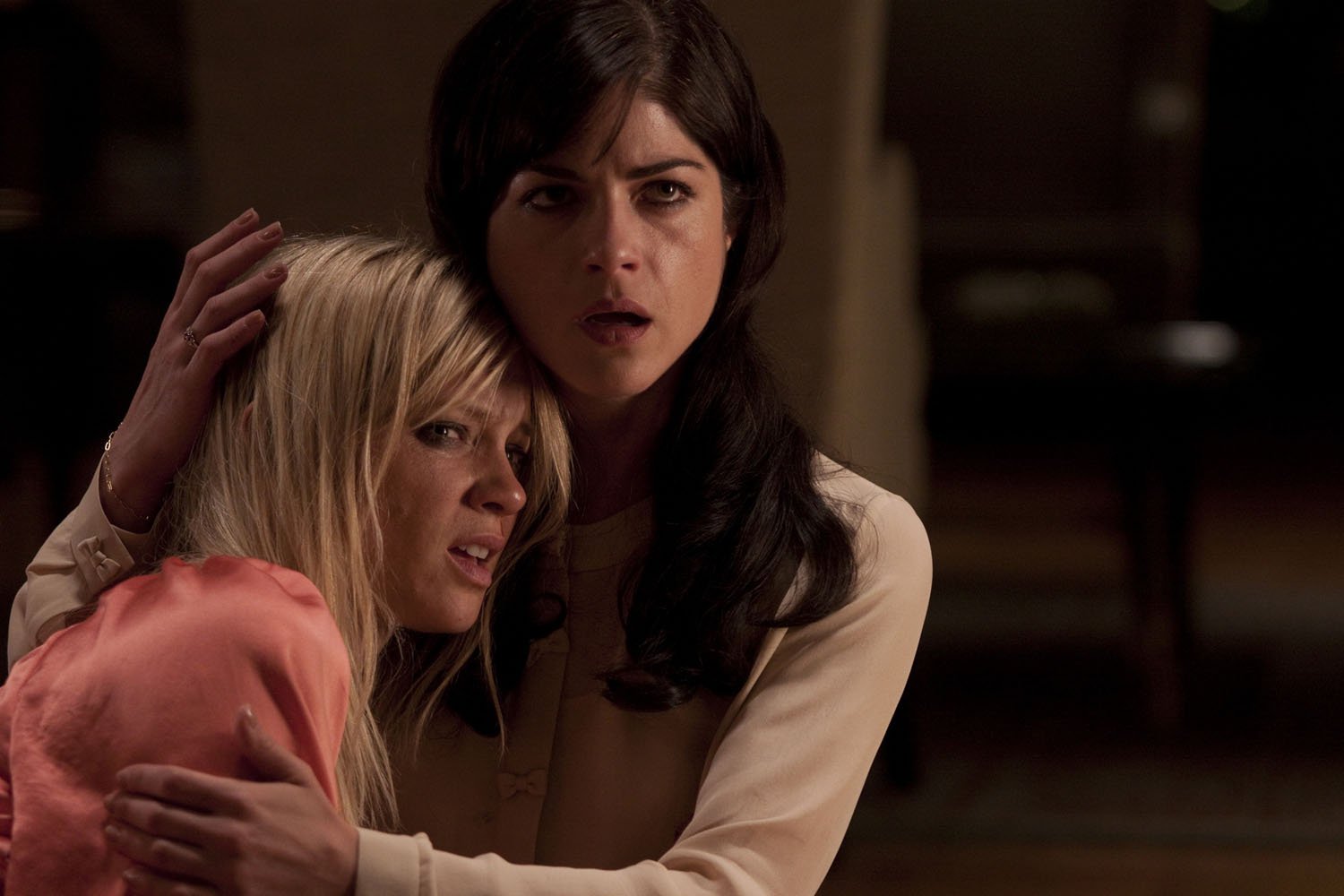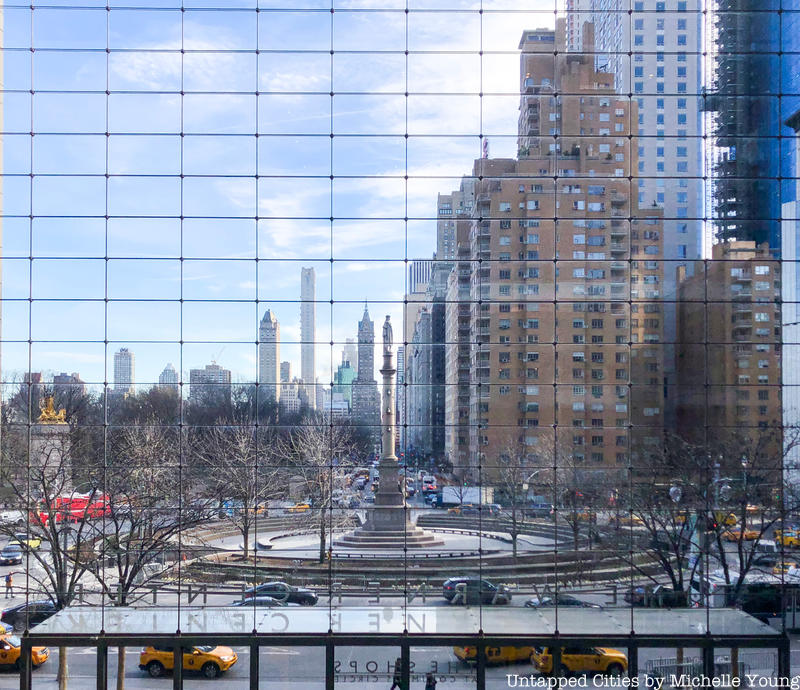
By the 1970's, New York was losing major shows to better-equipped cities. In 1959, it served as the American end of a American-Russian exhibition arrangement, the Moscow equivalent of which gave rise to the famous Nixon-Khrushchev kitchen debate in 1959.īUT trade shows began to get larger and larger and the Coliseum's lack of space - just barely enough in 1956 -began to be a liability. The Coliseum was sort of a commercial circus, with at least one ring under the big top usually occupied. The opening program included the International Automobile Show, National Photographic Show and the International Philatelic Exhibit - all at once - and in the next 30 years there were 1,246 shows in all.Įverything from King Farouk's jewels to Irish coffee was exhibited, touched, tasted, promoted and sold.

The four exhibition floors, totalling 323,000 square feet, included an open, 150-foot-square, three-story well for sailboat masts, airplanes and other odd merchandise. The public-address systems could page the entire building, or a single corner. The three main entrances could serve a total of six shows independently, so that the philatelists and the photographers wouldn't collide with one another. The Coliseum was functionally, if not esthetically, advanced.

The office tower, a relentless grid, had the relative luxury of two colors of brick: white and gray.įour large cast-aluminum panels, the seals of the Federal, state and city governments and the authority, were executed by Paul Manship (who did the statue of Prometheus in Rockefeller Center) and bolted onto the main facade. The windowless Coliseum building was sheathed in lifeless, uniform white brick, with vertical metal panels running from top to bottom. An off-center, 20-story slab of offices had been added to the scheme to help subsidize other costs, and the relation between the two elements was awkward at best. The Coliseum was simply a plain rectangle, with a single chamfered corner where Broadway cut into the block. Moses's back, and it is fair to say that what was built is significant as a low point for New York's public buildings. Even worse, the editorial went on, was how the building had a ''total lack of relation to its site,'' specifically the curve of Columbus Circle.īut the moral outrage rolled off Mr. ''Utterly pedestrian,'' ''hybrid pseudo-modern,'' editorialized Art News.

Moses's highest priority, and even in the 1950's, the design of the Coliseum was not a popular one. His architects were Leon and Lionel Levy, who also were responsbile for the design of the big pink United Parcel Service building at West 43d Street and 11th Avenue.Įsthetics were not Mr.

Behind it would be middle-income apartments covering 53 percent of the two-block site - just enough to qualify for Title I assistance. To replace the ''slum,'' he proposed a single exposition building facing Columbus Circle. Moses developed a double strategy: Condemn the west side of Columbus Circle from West 58th to West 60th Streets - then a collection of old offices, tenaments and minor retail uses - as a ''slum'' and then get the Federal Government, under the Title I slum-clearance program, to pay most of the acquisition cost. The Coliseum was begun in 1954 and completed in 1956 by the Triborough Bridge and Tunnel Authority under the direction of Robert Moses, who adopted a project that had been languishing for years. Construction is scheduled to begin late in the spring and by summer's end the blank, boxy Coliseum will be but a memory. The exposition hall has been sold to Coliseum Associates for demolition to make way for a mixed-use project with two towers rising 68 and 58 stories. THE 50's may be back in style, but not soon enough to save the Coliseum at Columbus Circle.


 0 kommentar(er)
0 kommentar(er)
